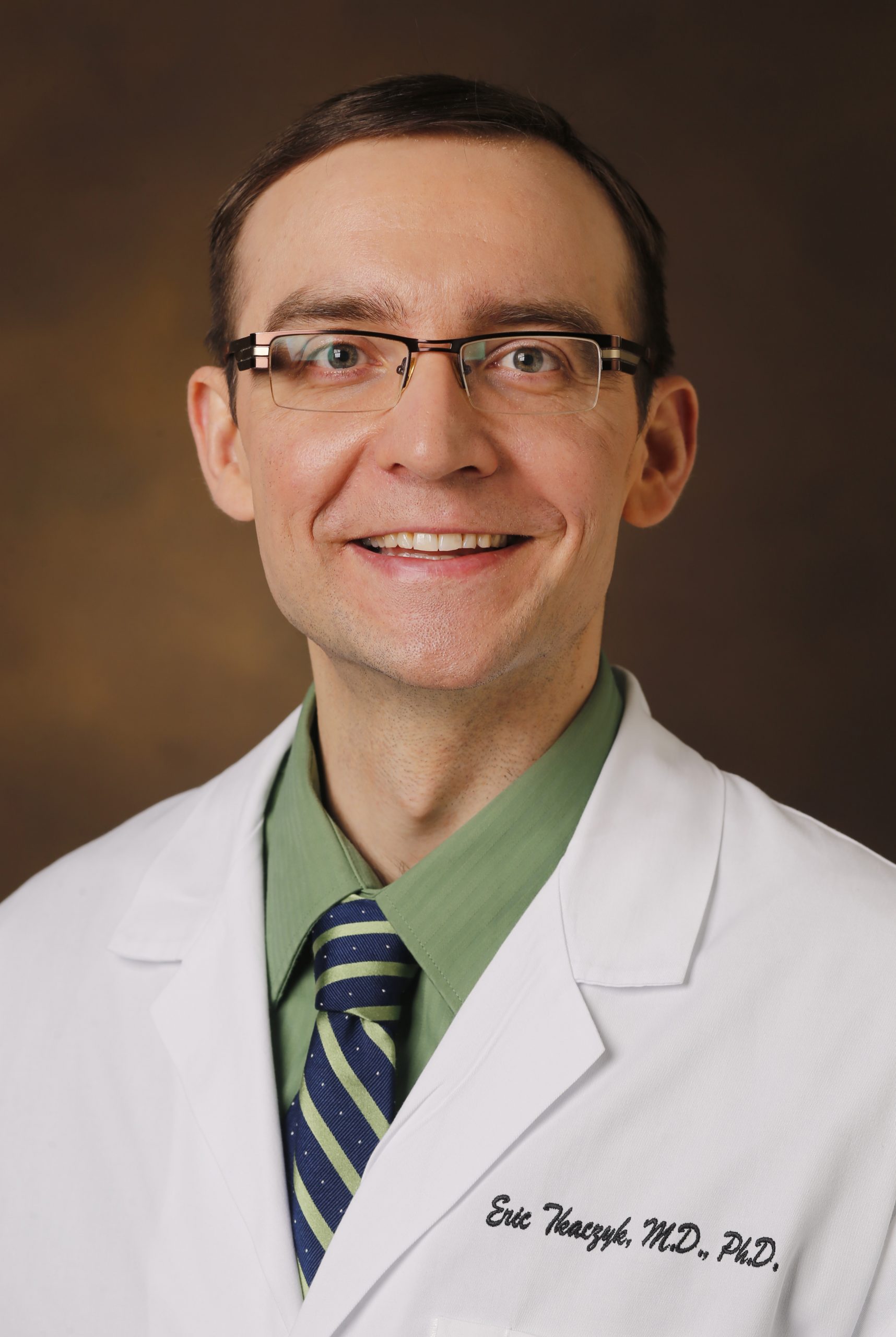
January 2025
Friends,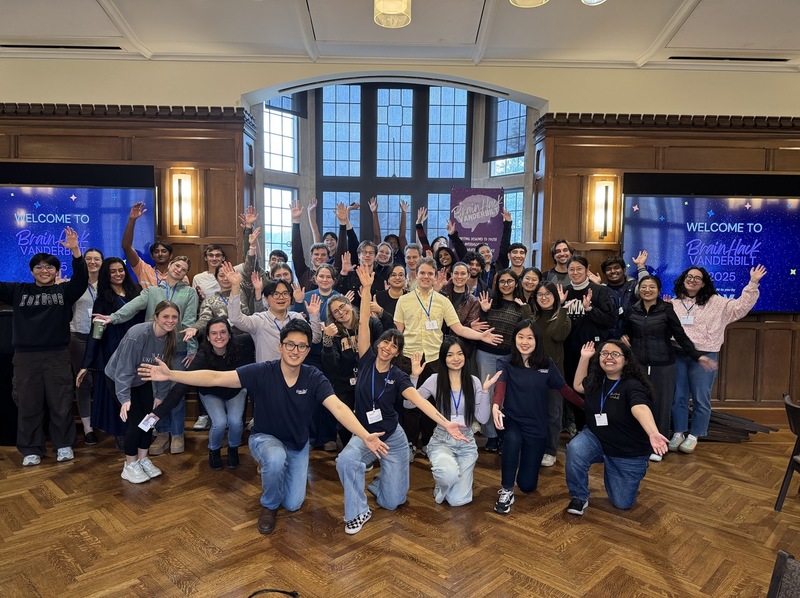
The initiative successfully engaged with underrepresented groups in science, with over 70% of participants coming from traditionally underrepresented backgrounds in scientific research. The event received support from 11 Vanderbilt departments and institutes, with VALIANT serving as the largest contributor and providing crucial accelerated computing resources as a key partner.*
The event serves as a hub for collaboration, experimentation, and idea-sharing. In this attendee-driven event, 9 unique Vanderbilt labs pitched 10 projects. Over the weekend more than 100 attendees (both in-person and online) teamed up and worked on projects ranging from improving diffusion data visualization to brain state decoding. You can find all the projects pitched and their final presentations on the event website.
Notable efforts included Foundation Model Adapters for Spectrogram Latent Features Extraction that leveraged pre-trained transformer models to differentiate alertness states from EEG and fMRI spectrogram images. Trial and Error: A Bayesian Approach, which leverages Bayesian models to uncover how past decisions shape behavior. Teams also explored advanced neuroprosthetic control with Dynamic Neural Decoding, harmonized multi-site imaging data with Multi-site fMRI Harmonization, and simplified diffusion-weighted imaging workflows in Less Confusion in Diffusion.
Emerging technologies took center stage as well, with projects like DeepMReye Validation, estimating eye gaze patterns from functional MRI data, and OpenDIVE, a software package improving accessibility to diffusion data visualization. The All Optical Brain-Computer Interface and Foundation Model Adapters for Spectrogram Latent Features Extraction brought exciting new approaches to neural decoding and spectrogram analysis.
VALIANT’s support for BrainHack Vanderbilt 2025 underscores our commitment to fostering collaboration and innovation in neuroscience. We are proud to see Alumni Hall transformed into a space for bold ideas and meaningful progress. Thank you to all the participants and mentors who made this weekend a success!Best wishes,
Expanding Boundaries in Neuroimaging and OpenScience

Dr. Roza Gunes Bayrak, Senior Research Engineer and Research Assistant Professor of Electrical and Computer Engineering at Vanderbilt, embodies the spirit of curiosity and innovation that defines VALIANT. With a background in electrical engineering and a passion for brain research, her journey has taken her from hardware research to spearheading transformative initiatives in neuroimaging and open science.
Dr. Bayrak’s fascination with brains was sparked when she took an extracurricular neurobiology class in graduate school and came across the concept neuroplasticity—how the brain adapts and rewires itself even in adulthood—. This newfound inspiration led her to pursue a PhD at Vanderbilt. “Neuroplasticity gave me a sense of wonder about the brain’s ability to change,” she reflects. “Vanderbilt gave me a home to explore that.” During her PhD she explored brain-body interactions through functional neuroimaging and physiological data. Dr. Bayrak developed individual specific computational approaches to improve precision in brain mapping with Dr. Catie Chang in the NEURDY lab.
Dr. Bayrak is also the driving force behind BrainHack Vanderbilt, a hub for open and reproducible neuroscience. The event, part of the global BrainHack initiative, connects from students, to faculty, all brain researchers across disciplines to tackle pressing problems in neuroscience. “Vanderbilt has a big interdisciplinary neuroscience community,” she explains. “BrainHack fosters collaboration by breaking down silos and creating opportunities for dialogue and innovation.” The 2025 BrainHack event, which attracted over 100 participants from 24 departments and institutes, emphasized inclusivity with hybrid participation options and doubled its active participants from the previous year.
In her current role, Dr. Bayrak is focused on developing a comprehensive library for time series data analysis, tailored to neuroimaging. Her team is integrating state-of-the-art pre-trained foundation models and methods for analyzing diverse datasets such as fMRI, EEG, and physiological recordings. “We are leading the initial effort, but his library will be a community-driven effort, designed to evolve and expand beyond a single lab,” she shares. It’s a project that highlights her commitment to both innovation and accessibility in science.
Dr. Bayrak’s connection to Vanderbilt extends beyond the lab. She praises the university’s collaborative environment and resources, crediting them with enabling her to write her first NIH grant and advance her research. “The support here has been transformative for my career,” she says and I’m excited to see how we can push the boundaries of what’s possible in the years ahead.
Outside of work, she enjoys exploring Nashville’s natural beauty and indulging in local gems like the vegetarian Indian restaurant Woodlands. She also recommends tubing in Tennessee’s rivers and visiting the state’s many parks—a pastime she enthusiastically recommends to colleagues and students alike.
Alumni Lookout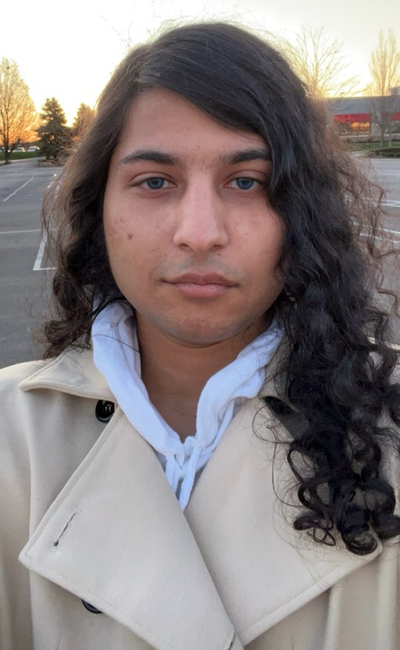
debt can accumulate through widespread use of APIs and libraries which can be considered deprecated or even vulnerable. While manmade systems have accumulated these debts incognizant of AI, it appears that the AI trained on manmade code is not free of this concern.
VALIANT Ventures
- Dr. Huo’s team was selected to lead the Nashville CVPR Medical Computer Vision workshop in June 2025.
- Led by NVIDIA, Dr. Landman’s team was selected to lead the Nashville CVPR Multi-modality and Medicine
workshop in June 2025. - Dr. Maizie Zhou received Scaling Success award for “Next generation of spatial transcriptomics analysis tools to understand somatosensation development.”
- Dr. Landman was elevated to Fellow of the IEEE for contributions to MRI harmonization—the integration of diverse imaging data acquired across multiple sites—and data-driven modeling in medical image processing.
- Dr. Landman joined Vanderbilt-Ingram Cancer Center (VICC) as a member.
A VALIANT Attempt at… Cookies & Crochet for VAL-entine’s Day!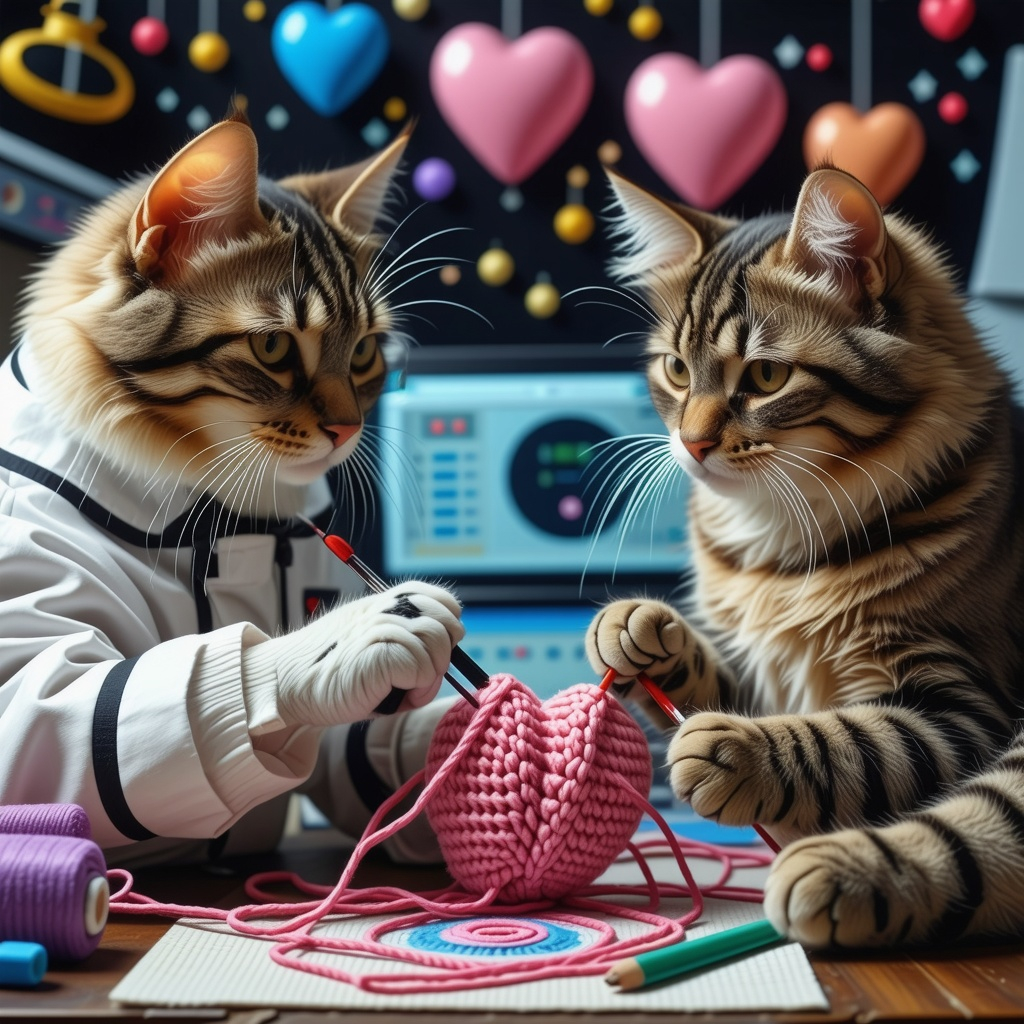
AI Fellow Tkaczyk awarded Presidential Early Career Award for Scientists and Engineers (PECASE)
Diving Deep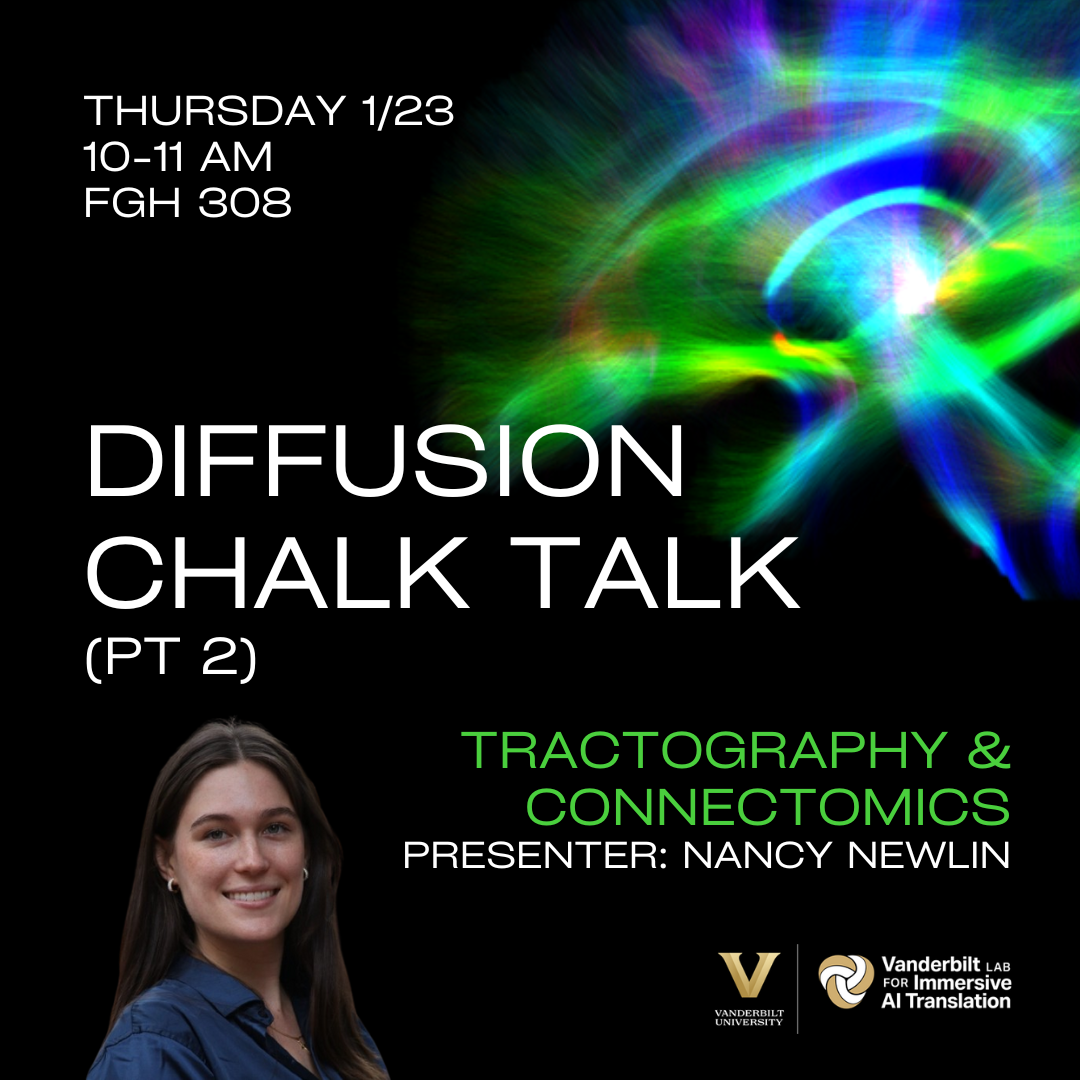
VALIANT Applied AI in Industry and Business Workshop
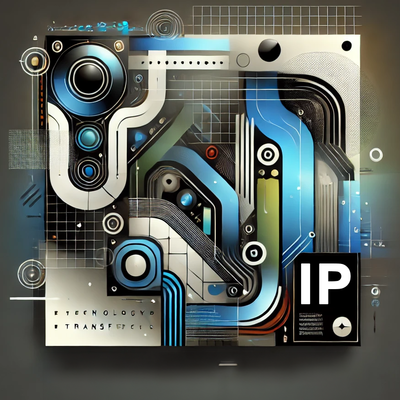 Save the date: March 27th from 3-4 pm. Join represenatives from theCenter for Entrepreneurship(Owen School of Business) Center for Technology Transfer and Commercialization(CTTC) for key tips on navigating intellectual property, disclosures, and internships. More details to follow.
Save the date: March 27th from 3-4 pm. Join represenatives from theCenter for Entrepreneurship(Owen School of Business) Center for Technology Transfer and Commercialization(CTTC) for key tips on navigating intellectual property, disclosures, and internships. More details to follow. VALIANT Student Group Recognition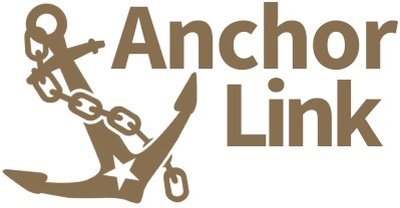
VALIANT Attempt has received recognition as the Vanderbilt organization for the undergraduate and graduate affiliates of VALIANT. Join today through AnchorLink
Alchemists’ Corner
- Magnetic field probe-based co-simulation method for irregular volume-type inductively coupled wireless MRI radiofrequency coils
- Sex and APOE ε4 allele differences in longitudinal white matter microstructure in multiple cohorts of aging and Alzheimer’s disease
- Super-resolution multi-contrast unbiased eye atlases with deep probabilistic refinement
- Higher skeletal muscle mitochondrial oxidative capacity is associated with preserved brain structure up to over a decade
- Relating Students Cognitive Processes and Learner-Centered Emotions: An Advanced Deep Learning Approach
- Comparison and calibration of MP2RAGE quantitative T1 values to multi-TI inversion recovery T1 values
- Comparative effectiveness of buprenorphine adherence with telemedicine Vs. in-person for rural and urban patients
- Pediatric Transplant and Cellular Therapy Consortium RESILIENT Conference on Pediatric Chronic Graft-Versus-Host Disease Survivorship After Hematopoietic Cell Transplantation: Part I. Phases of Chronic GVHD, Supportive Care, and Systemic Therapy Discontinuation
- Data-Driven RUL Prediction Using Performance Metrics
- Advancing cancer care through digital access in the USA: a state-of-the-art review of patient portals in oncology
- Plasma ADRD biomarkers predict longitudinal declines in intra-network functional brain connectivity, and baseline functional connectivity predicts longitudinal cognition
- Quantifying the Sim-To-Real Gap in UAV Disturbance Rejection
- Adaptive Patching for High-resolution Image Segmentation with Transformers
- Data-driven nucleus subclassification on colon hematoxylin and eosin using style-transferred digital pathology
- Low-cost and label-free blue light cystoscopy through digital staining of white light cystoscopy videos
- Numerical investigation of different RF arrays for magnetic resonance guided focused ultrasound in human head
- Vector field attention for deformable image registration
- Risk Model-Guided Clinical Decision Support for Suicide Screening: A Randomized Clinical Trial
- Central Involvement in Pure Autonomic Failure: Insights from Neuromelanin-Sensitive Magnetic Resonance Imaging and 18F-Fluorodopa-Positron Emission Tomography

valiant@vanderbilt.edu | https://vanderbilt.edu/valiant | @VandyValiant | LinkedIN
“Vanderbilt” and the Vanderbilt logo are registered trademarks and service marks of Vanderbilt University.
